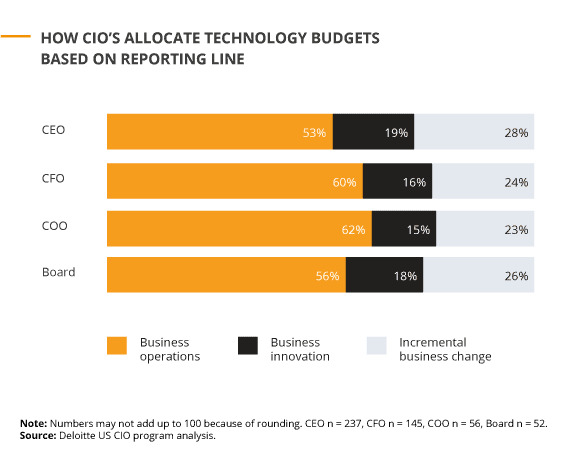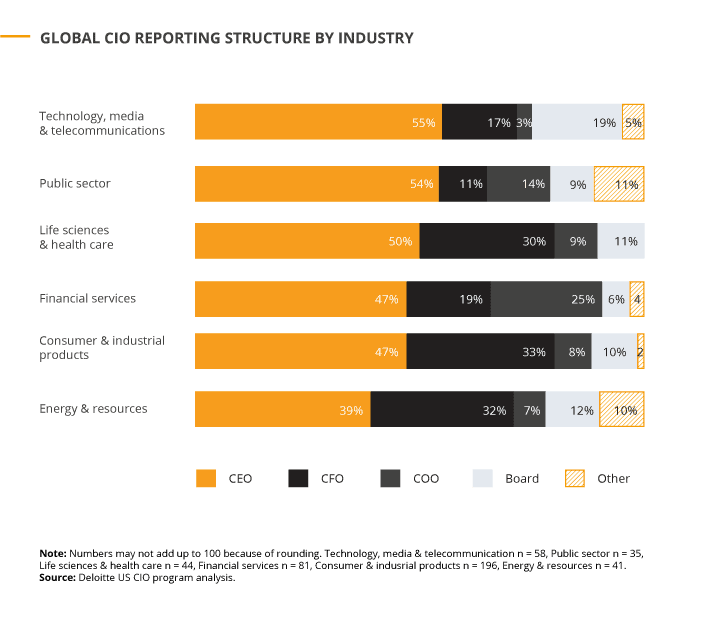
Six things every Chief Information Officer should know
Almost a half of the century after the birth of the Chief Information Officer role, we may finally say that we understand it properly. Currently, the CIO is much more than an IT department's organiser and manager.
According to the original premises, CIO participates in shaping the processes at the company and the development and execution of an IT strategy. For years, the role of the CIO has generated numerous myths and misunderstandings that distort the conscious overview of the Chief Information Officer and the responsibilities that one should be aware of.
The CIO role differs depending on the organisation
It is impossible to assume that there exists one understanding of the responsibilities and competencies of the Chief Information Officer, particularly if we consider the swift evolution of the position that takes place within the context of digital transformation. Just a couple of years ago, smaller organisations did not consider Chief Information Officer or Chief Technology Officer or even Chief Data Officer as important positions.
Currently, this attitude is perceived as neglecting and hazardous to the organisation itself. In some organisations, the CIO will have a decisive role in many aspects and he/she will fulfil the advisory role regarding the CEO as the right hand in technical aspects.
Additionally, the aforementioned CIO may be responsible for the reception and the pace of adopted innovations, taking the role of the executive director in many aspects, using own knowledge regarding industry novelties and IT department management and consequential execution of a solid business strategy.
The CIO role is increasing
The knowledge regarding the increasing significance of the CIO is as important as the understanding of how the role may differ in various organisations. Regardless of responsibilities and involvement in each process, the impact of CIOs and IT departments in the general shaping of company operations and policies is visible.
For example, in the 1990s nothing stood in the way for CIOs expanding their professional interests beyond the narrow infrastructure applied within an organisation. Currently, the situation is quite different – it is CIOs and their subordinate employees that determine, e.g. the selection of optimal tools and services that will best meet the business aims of an organisation.
Where CIO competencies end and CTO’s begin
One of the first issues that should be settled within an organisation is establishing a clear distinction between the Chief Information Officer’s and the Chief Technology Officer’s fields of interest. It is a good practice to decide that the CIO is primarily responsible for the internal IT infrastructure, while the CTO is mainly focusing on the technological background of products and services addressed to the customers. However, nothing stands in the way of narrowing the management collaboration which would result in playing roles that consist of mutual consulting.
The difference between passing trends and valuable innovations
Surely, the unique competency of any CIO is distinguishing between buzzwords, hypes, temporary trends and important innovations that may translate into the actual functioning of an organisation. The CIO should have the knowledge on how to execute a task in the most optimised and most precise way possible as well as to identify the products and services which are really necessary for the company.
The key role of IT strategy
The most important task of the Chief Information Officer is related to developing a business IT strategy for the company.
The document in question must respond to the organisation’s needs. IT strategy and the entire CIO scope of operations are to provide the company with answers and ideas that the business can benefit from. Such were the primary premises of the CIO role alone in the early 1980s and we should approach it in the same manner now.
CIO is responsible for the security
The Chief Information Officer is responsible or co-responsible for the security of the entire IT infrastructure. The CIOs involvement in the security-oriented processes will depend on each organisation. Ensuring compliance with norms, local regulations, preparing policies that are key for the integrity and the continuity of systems.
As you can see, every organisation needs the right, competent and highly efficient people to stand at its helm leading to the achievement of the company’s business goals. The Chief Information Officer is definitely among them. As every organisation has its own structure, defining CIO’s tasks and scope of responsibilities is of the highest importance. A well-chosen, competent person on this position can be a key to the whole company’s success.






